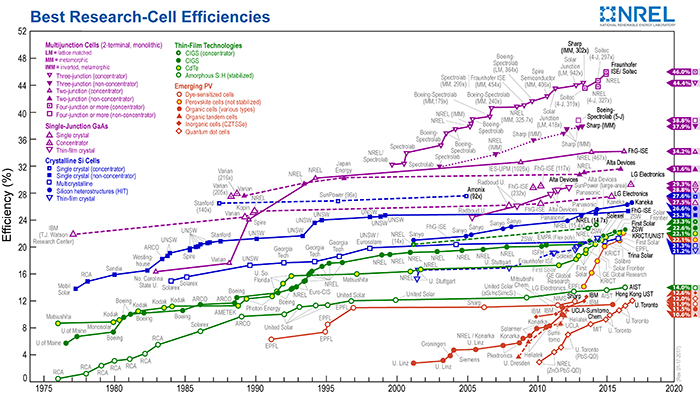Algae material, Algica.
Image: European Commission, Sunalgae Life
from PV magazine around the world
Swedish startup Swedish Algae Factory has developed a new material called Algica to improve the efficiency of silicon and thin-film solar panels. As part of their Sunalgae Life project, the team is growing single-celled photosynthetic algae called diatoms to extract their shells, which are said to have unique light-manipulating properties, including blocking ultraviolet (UV) light.
The coatings are then added to the body of the silicon modules or an anti-reflective coating on the glass of the thin-film modules, which according to the Swedish team can improve their efficiency by 4% and 36% respectively. These improvements were "measured in flash benchmark tests conducted by external institutes," including Chalmers Technological University, according to the team's website.
Seaweed shells are also said to reduce UV-induced degradation of solar cells over time. The team estimates that the resulting panels will be 3.9% less than the panels currently on the market.
The Sunalgae Life project required an investment of 4 million euros (3.99 million dollars), partially funded by the European Union. One of its goals is to commercialize algal material for use in solar panels. The team has now opened a pilot plant in Sweden for mass production of the material. The new plant is expected to grow by 500kg per year and then by 1000kg per year. So far, the greenhouse team has gained 30 kg per year.
'The materials manufactured on site will be tested for reproducible improvements in solar cell efficiency,' states the project website. The team says the manufacturing process is cyclical. "The material is made through an environmentally friendly process that purifies water, recycles valuable nutrients, captures carbon dioxide and produces valuable sustainable organic biomass."
This content is copyrighted and cannot be reused. If you would like to collaborate with us and reuse some of our content, please contact editors@pv-magazine.com.



